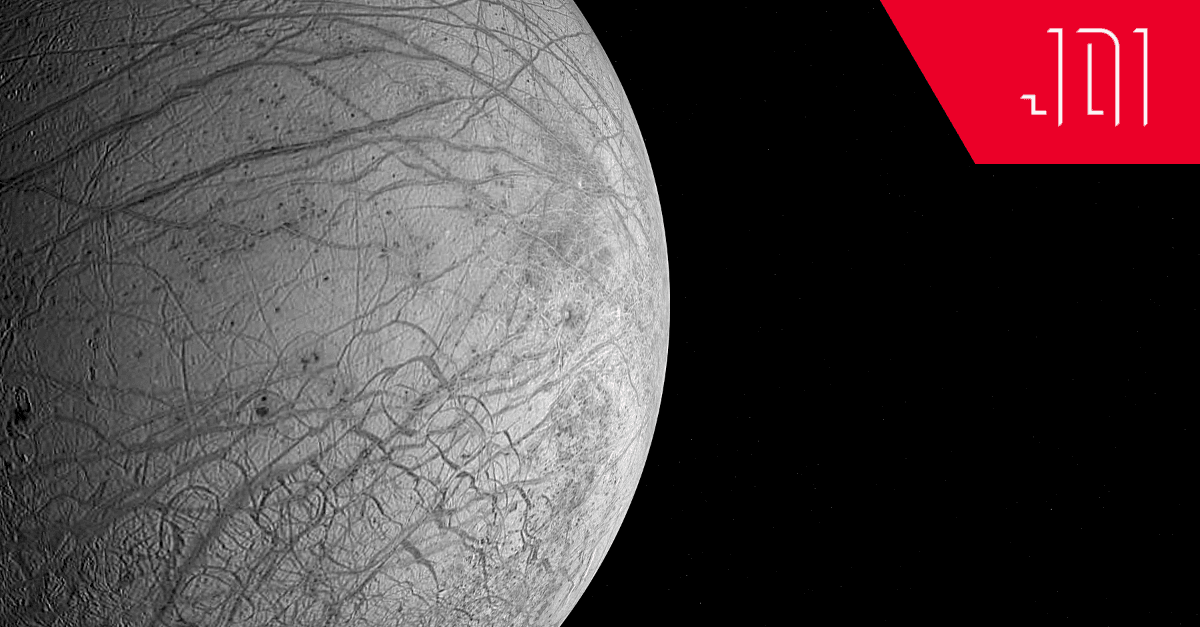The Unsung Hero of Advanced Technology
Finding what makes certain combinations of sounds more pleasant to our ears than others sets the basis for understanding the functioning of most of our modern world. From making earthquake-resistant buildings to communicating overseas almost in real-time, it all started with harmony and the human search for beauty. Mathematicians actually borrowed the terminology used to study frequencies from music theory.
You might not realize it, but breakthroughs in advanced technologies like nuclear fusion have music theory to thank. One of the binding properties of our understanding of physics and the universe around us is the concept of a waveform. We express these sinusoidal forms in terms of frequency: the distance between one point on a waveform and the space and time to get back to the same position on the next wave. It is important to note that while cyclical, waves are still unique – requiring distinctive peaks and troughs.
Where do Waves Come From?
In music, frequencies create sounds and vibrations, which can be felt by our bodies and heard by our ears. Our journey to comprehending this phenomenon began with music – as early as 300 BC when Pythagoras proposed that musical intervals could be expressed in terms of mathematical ratios between frequencies. By understanding how sound waves work and what particular tones sound like in relation to each other, we've explored new ways of making music over the centuries.
A key breakthrough occurred in the 19th century when scientists discovered two types of waves: mechanical and electromagnetic. Mechanical waves require a medium (such as solids, liquids, or gasses) through which they can travel; these vibrations will cause particles within the material to move back and forth along its length at different frequencies depending on their size and shape. Electromagnetic waves do not need a medium; instead, they consist of oscillating electric and magnetic fields that transmit energy over vast distances without losing any strength or intensity – realizing that both types of waves existed opened up new realms for exploration.
Mechanical and electromagnetic waves are governed by rules and systems of order that help to explain the behavior of these phenomena. Mechanical waves, such as sound or seismic energy, obey the laws of motion and are categorized based on frequency, wavelength, amplitude, and speed. Electromagnetic waves similarly follow patterns in their propagation through space; they have different frequencies depending on how fast they move from one point to another. Both mechanical and electromagnetic waves can be affected by obstacles in their path or interference from other sources along the way.
We Live in a World of Waves
Frequencies are at the heart of modern life and have enabled many advances we enjoy today. They are used to power smart devices and make communication possible; from Wi-Fi networks that connect us with the world to radio waves that bring news and music into our homes, frequencies play an integral role in our daily lives. Through experimentation with these mediums, we started to understand the relationship between frequency and signal strength, leading us down the path of using electromagnetic radiation to transmit a current over long distances.
Understanding how pleasant sounds are produced has informed how we explore other planets. Disturbances produced by mechanical waves in an elastic material – like states of matter – can be detected from afar. This makes them an ideal tool for investigating the structure of planets and moons in our Solar System. NASA has used mechanical waves to explore many areas of our solar system, such as Venus's surface, normally shrouded with carbon dioxide and sulfuric acid, with radar mapping techniques that involve transmitting pulses across its atmosphere and detecting reflections back on Earth. The data acquired is then used to build a detailed map showing surface features, including mountains, valleys, and other geological structures.
NASA uses mechanical wave technology to detect subsurface oceans on planetary bodies of note, such as Europa (a moon orbiting Jupiter) and Enceladus (a moon orbiting Saturn). By using seismometers placed at critical locations around these moons’ surfaces, NASA was able to measure “tidal flexing” – changes in the gravitational pull between different parts of their orbits which cause ripples in their crusts much like earthquakes do on Earth – providing evidence for liquid oceans beneath their icy shells.
Electromagnetic waves are also a powerful tool for medical procedures. Doctors and researchers use these waves to detect diseases before they manifest physically, identify potential health risks, and diagnose illnesses more accurately than ever before. One example is magnetic resonance imaging (MRI) technology to create detailed images of organs and tissues inside the body. These images allow physicians to detect abnormalities early on, improving patient outcomes. MRI is also used in surgical procedures such as tumor removal or heart bypass surgery by providing precise guidance during the operation.
Electromagnetic waves are also being explored to treat conditions like prostate cancer through high-intensity focused ultrasound (HIFU). HIFU uses sound waves directed at specific areas within the body where cancerous cells exist. The heat caused by ultrasound beams destroys only cancer cells while leaving healthy tissue intact – making it practical and minimally invasive compared with conventional treatments such as chemotherapy or radiation therapy. HIFU has evolved to treat smaller areas like thyroid nodes, and it was also recently approved for cosmetic procedures. HIFU has been developed to treat smaller areas like thyroid nodes, and it was also recently approved for cosmetic procedures.
Music profoundly influences our lives, from how we perceive and appreciate sounds organized in time to the latest technologies helping us explore the universe. Understanding frequencies through music theory taught us how sounds can be pleasing to our ears and how they interact with matter and energy. Frequency comprehension may have started as an expression of artistry, but its impact is now felt everywhere – shaping our understanding of nature and pushing scientific discovery further than ever before.





